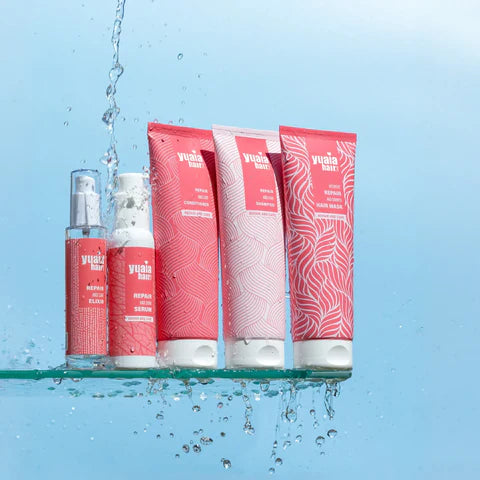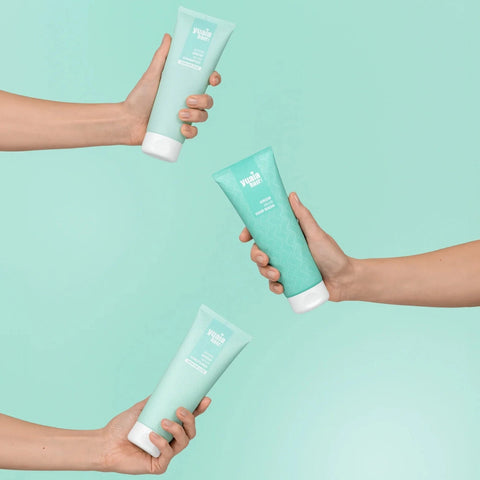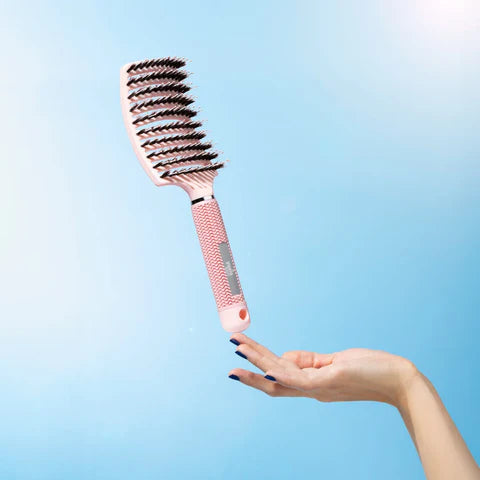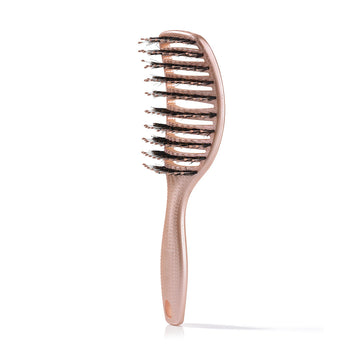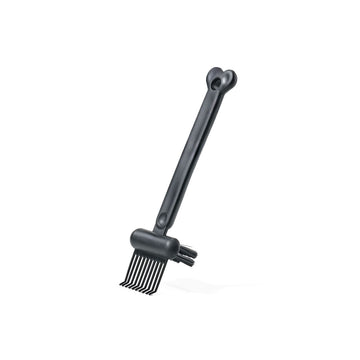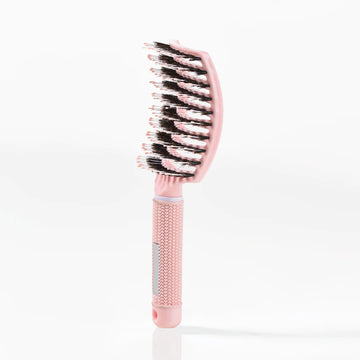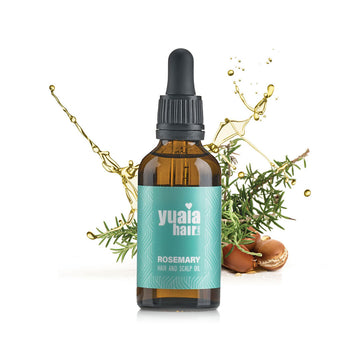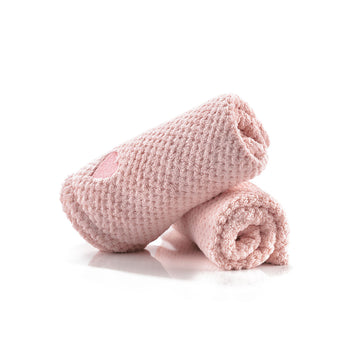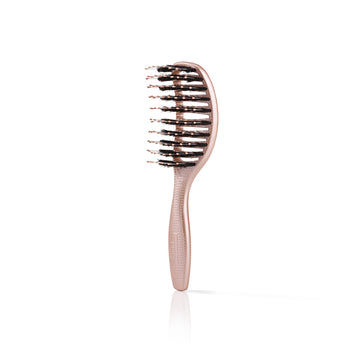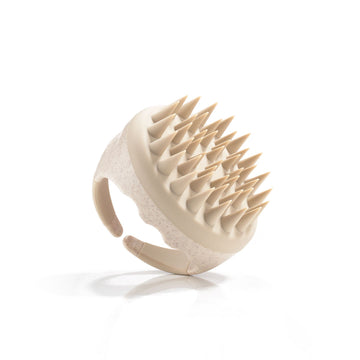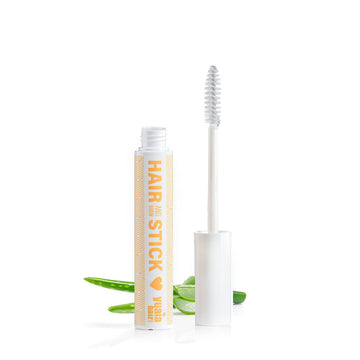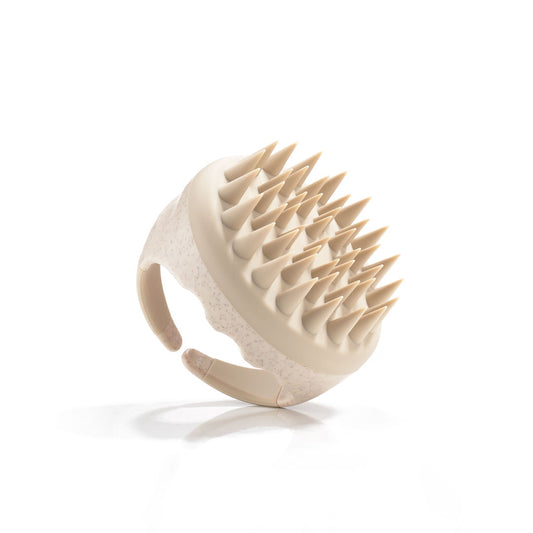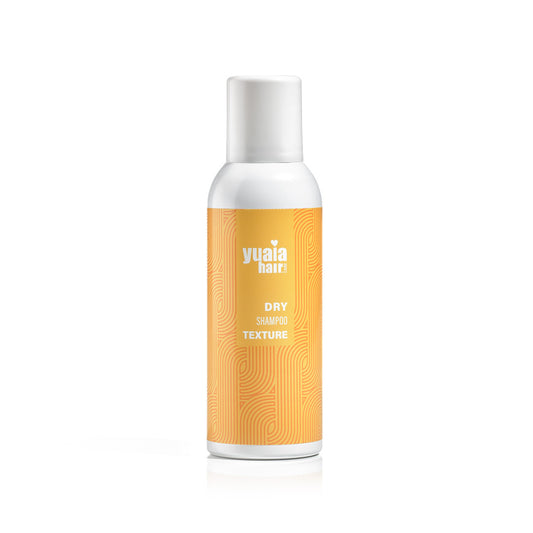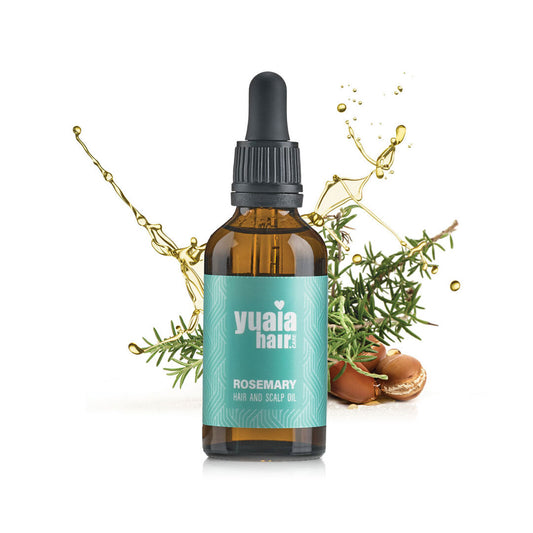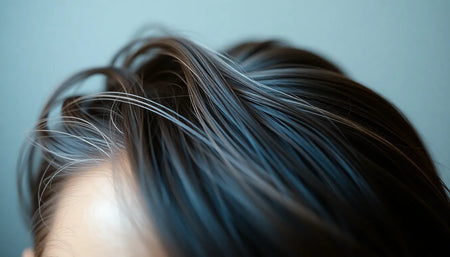
What Is the Purpose of This Post?
The aim of this blog post is to clarify the differences between scalp buildup and dandruff. By understanding these differences, you can choose the most effective treatment to restore your scalp's health and improve your hair's appearance. This knowledge empowers you to make informed decisions about your hair care routine, ensuring that you address the root of the problem rather than just the symptoms. Stay tuned as we delve deeper into these conditions and explore practical solutions to achieve a healthier scalp.
Key Distinctions Between Scalp Buildup and Dandruff
Understanding the key differences between scalp buildup and dandruff is essential for effective treatment. Scalp buildup occurs when residues from hair products, dead skin cells, sweat, and natural oils accumulate on the scalp. This buildup often results in flakes that stick to the hair rather than falling out. If left untreated, it can clog hair follicles, potentially leading to hair loss or conditions like folliculitis. In contrast, dandruff is primarily caused by seborrheic dermatitis and an overgrowth of Malassezia yeast. This condition leads to larger, oilier flakes due to the accelerated shedding of skin cells, often accompanied by redness and inflammation on the scalp.
Visual Identification Factors
Visually distinguishing between scalp buildup and dandruff can help in identifying the correct treatment approach. Dandruff typically presents as larger, oilier flakes that are more noticeable on clothing and hair. The scalp may also appear red and inflamed. On the other hand, scalp buildup manifests as sticky flakes that adhere to the hair, often accompanied by oily or crusty skin, redness, and itchiness. These visual cues are crucial in determining the underlying cause of the scalp condition.
Causes and Contributing Factors
The causes of dandruff and scalp buildup differ significantly. Dandruff is often linked to an overgrowth of Malassezia fungus and excess oil production, which can be influenced by factors such as age, hormones, and stress. Contrary to popular belief, dirty hair does not cause dandruff, but infrequent washing can contribute to oily buildup, exacerbating the condition. Scalp buildup, on the other hand, is primarily caused by the accumulation of hair products, dead skin cells, sweat, and oils. Improper rinsing after shampooing and the overuse of styling products can also contribute to this condition, making it essential to adopt a proper hair care routine.
Treatment Approaches
Addressing scalp buildup and dandruff requires targeted treatment approaches. For dandruff, medicated shampoos with active ingredients like zinc or selenium sulfide can be effective. For scalp buildup, regular scalp exfoliation and the use of clarifying shampoos are recommended to remove product residues and excess oils. Additionally, focusing on proper rinsing techniques can prevent future buildup.
Prevention and Maintenance
Maintaining a regular scalp care routine is crucial for preventing both dandruff and scalp buildup. Using silicone-free and sulfate-free products can help minimize buildup while maintaining scalp health. Regular cleaning and exfoliation of the scalp, along with mindful product use, can prevent the recurrence of these conditions, ensuring a healthy scalp environment conducive to optimal hair health.
Embrace a Healthier Scalp
Understanding the distinctions between scalp buildup and dandruff is just the beginning of your journey to achieving a healthier scalp. By addressing the specific needs of your scalp condition, you can enhance your hair's appearance and overall well-being. Embracing a tailored hair care routine, which includes using appropriate products and maintaining a regular scalp care regimen, can make a significant difference. Remember, a balanced scalp environment is key to supporting hair health and vitality.
Frequently Asked Questions
How can I tell if I have scalp buildup or dandruff?
To differentiate between scalp buildup and dandruff, pay attention to the appearance and feel of the flakes. Dandruff flakes are typically larger and oilier and may accompany redness and inflammation on the scalp. In contrast, scalp buildup results in sticky flakes that adhere to the hair, often accompanied by an oily or crusty scalp.
What should I do if my scalp condition doesn't improve?
If your scalp condition persists despite trying various treatments, it's advisable to consult a dermatologist. They can provide a more precise diagnosis and recommend appropriate treatments tailored to your specific needs.
Are there natural remedies for scalp buildup and dandruff?
Yes, there are natural ingredients that can help maintain scalp health, such as tea tree oil and apple cider vinegar. These ingredients can support a balanced scalp environment, helping to manage symptoms associated with both scalp buildup and dandruff.
How often should I exfoliate my scalp to prevent buildup?
Regular scalp exfoliation is beneficial for preventing buildup. Generally, exfoliating once a week is sufficient for most people, but this can vary depending on your hair type and product usage. Adjust the frequency based on how your scalp responds.
Can using the wrong hair products worsen my scalp condition?
Yes, certain hair products can exacerbate scalp issues. Products containing silicones and sulfates may contribute to buildup and irritation. Opting for silicone-free and sulfate-free products, like those offered by Yuaia Haircare, can help maintain a healthy scalp environment and prevent further complications.
 2-4 day UK delivery
2-4 day UK delivery
 25.000+ satisfied customers
25.000+ satisfied customers
 Satisfaction Guarantee
Satisfaction Guarantee



